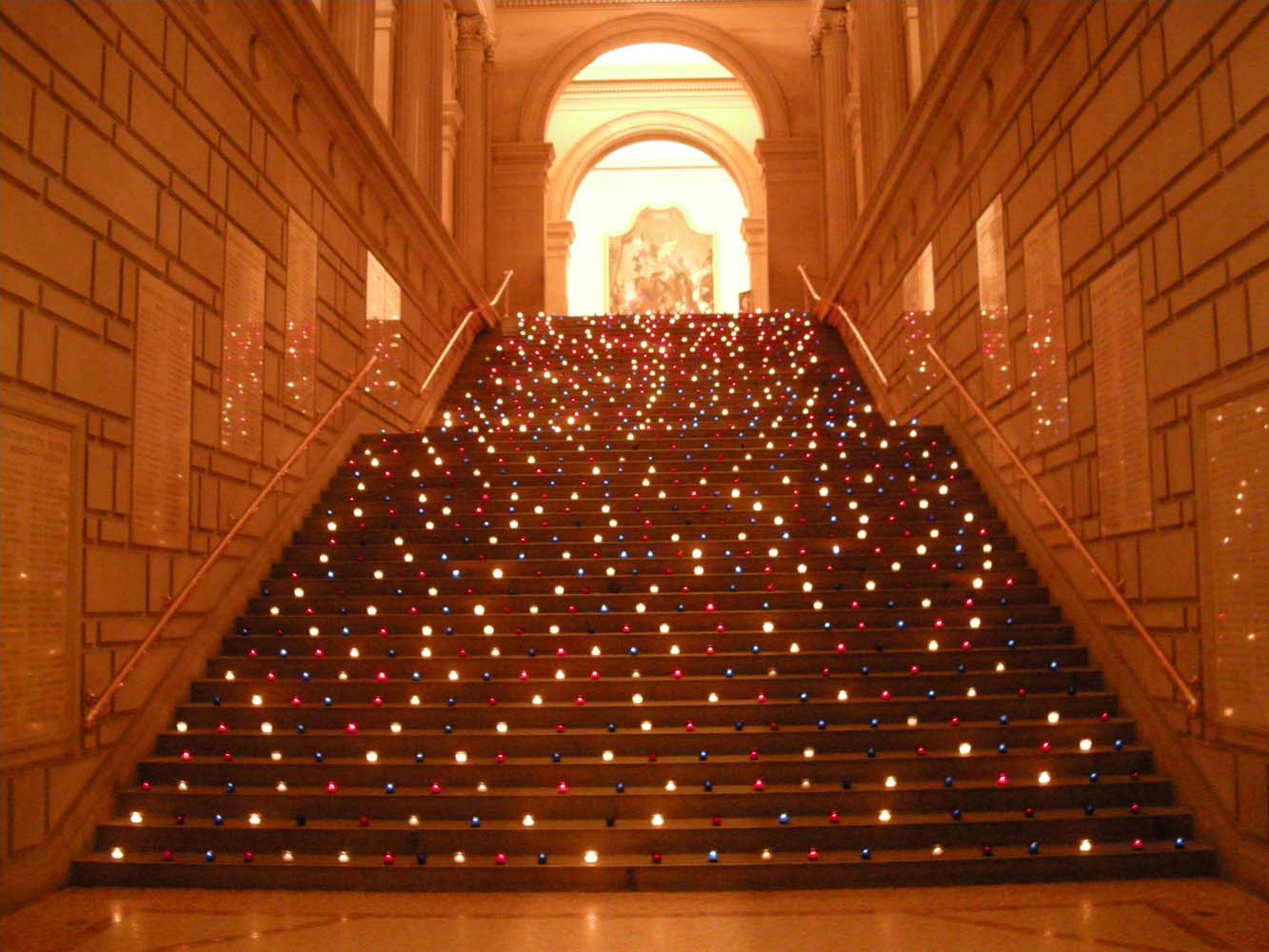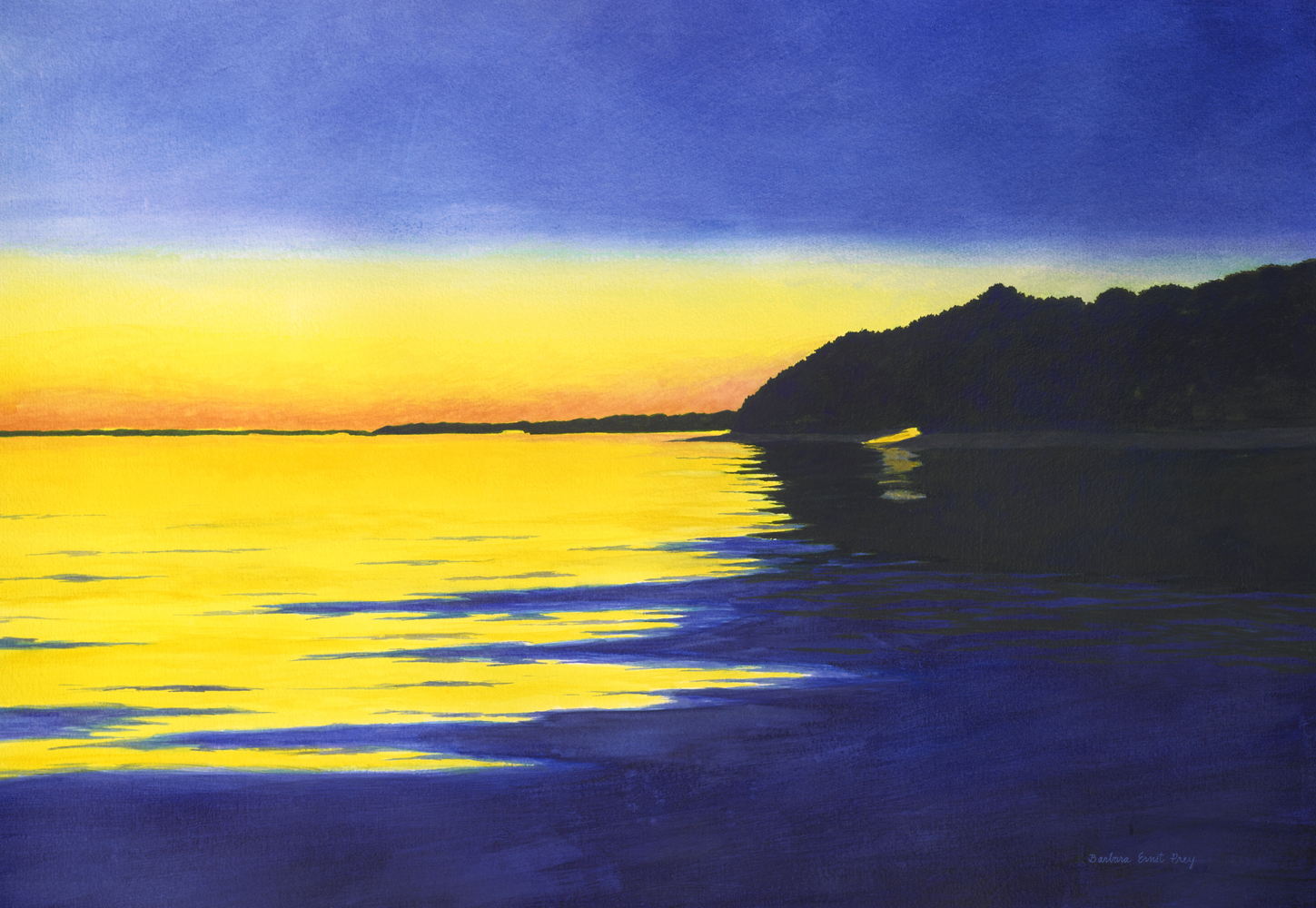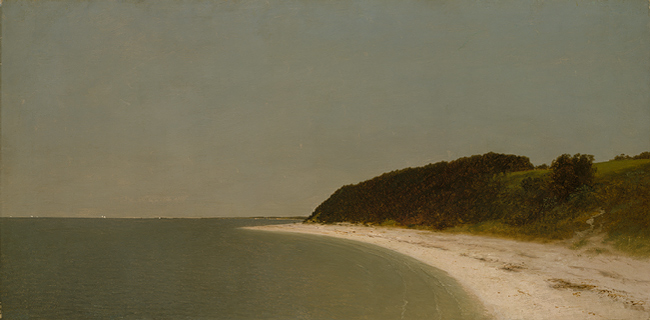

The New American Wing Celebratory Opening
I was fortunate to twice preview the new American Wing Galleries for Paintings, Sculpture, and Decorative Arts at the Metropolitan Museum before the opening. It was a wonderful opportunity to see the art up close and to speak with the curators and chairman about the art.
I had grown up visiting the American Wing and the Met, coming with my mother who was head of the Design Department at Pratt Art Institute in NYC. I grew up with prints of the Museum's artwork in my home and art books about artists in the American collection. After attending Williams College, where I was an art history major, I had an internship at the Metropolitan Museum so I was able to spend even more time with the art. Visiting these paintings is like visiting old friends.
The New American Wing is 26 renovated and enlarged galleries. The Museum's holdings are particularly rich in the works of America's great masters, including John Singleton Copley, Gilbert Stuart, Thomas Cole, Frederic Church, Winslow Homer, Thomas Eakins, and John Singer Sargent. The new galleries focus on the themes of freedom, exploration, and expansion that pervaded America during the mid-19th century. Other subjects, themes, and periods include: Colonial Portraiture, the American Revolution, the Young Republic, the Civil War Era, Art in the Folk Tradition, the Hudson River School, the West, the Cosmopolitan Spirit, and American Impressionism.
The Anthony W. and Lulu C. Wang Galleries of Eighteenth-Century American Art feature four rooms dedicated to the display of American decorative arts, treasures of colonial furniture and early American silver (including works by John Hull and Robert Sanderson, Myer Myers, and Paul Revere). The furniture gallery has masterpieces of late colonial case furniture and include the grand pre-revolutionary entrance hall of the Van Rensselaer Manor House, Albany, New York.
I also enjoyed visiting the reserve collections of the American Wing which are housed in the 17,000-square-foot Henry R. Luce Center for the Study of American Art. I had received a grant from The Henry Luce Foundation and Hank Luce was a collector of my art and a major supporter of American Art. The Luce Center, with its glass cases of some 9,500 objects, allows the Museum to display entire collections that otherwise would be represented by only a few highlights in the galleries.
I have helped curate and hang a fair number of exhibits in my career and, from an artist's perspective, I know the importance of a wall's color to complement the artwork. Curator Elizabeth Kornhauser said that they worked very intently trying to select a wall color that would work best with all of the artwork. The end result gives some of the paintings a new vibrancy and works well with most of the paintings.
The artwork is hung such that one can examine each piece individually while also seeing it as part of a larger collection. What is unusual but effective is the way the wonderful oil sketches from the Cooper-Hewitt National Design Museum, Smithsonian Institution, by Frederic Church are interspersed with the large paintings. That was Curator Kornhauser's idea and it works. I like the way she hung them in a group of three, relating to the surrounding paintings. I just finished a very large painting of a sunset in Amangansett so I was particularly interested in the grouping of sunset oil studies by Church. I am keen on studies as they provide a key into the artist's thought process of the final painting. They are also fresh, the "ursprung" for the final work.
I liked that the study for the large Thomas Sully painting of Queen Victoria (1898) was placed next to the finished work, apparently painted in four sittings at Buckingham Palace. Equally impressive are the long portraits of Sargent, the ex-pat who painted in Europe, of Madame X and The Wyndham Sisters: Lady Elcho, Mrs. Adeane, and Mrs. Tennant, 1899. A nice benefit of the preview is the opportunity to get up close to the canvas and examine the brushstrokes. Sargent's strokes are often loose and quick and yet it comes together masterfully from a distance. I had to smile as I watched New York Times society photographer Bill Cunningham snap society photos of people in the room looking at the Sargents given that Sargent himself was a society artist.
Not to be missed are the small miniatures -- portraits in watercolor painted on ivory. There is a display showing the process -- paints, brushes, palette -- which is very informative. Kensett's painting of Eaton's Neck, NY (1872) was a surprise as I just finished a painting of the same scene, but I added a bonfire by the water and painted it at dusk. My painting takes the influence of the Hudson River School and the colors and atmospheres and pushes it to a different level. Also interesting for me was the Gilbert Stuart painting of George Washington, similar to the painting that I included in the scene of the Diplomatic Reception Room for the White House Christmas Card.
The galleries sparkle and I look forward to many return visits to the new American Wing -- in many ways these paintings have provided inspiration for my own work.

Top: Barbara Prey "Bonfire"

Bottom: Kensett "Eaton's Neck, NY"
Follow Barbara Ernst Prey on Facebook
